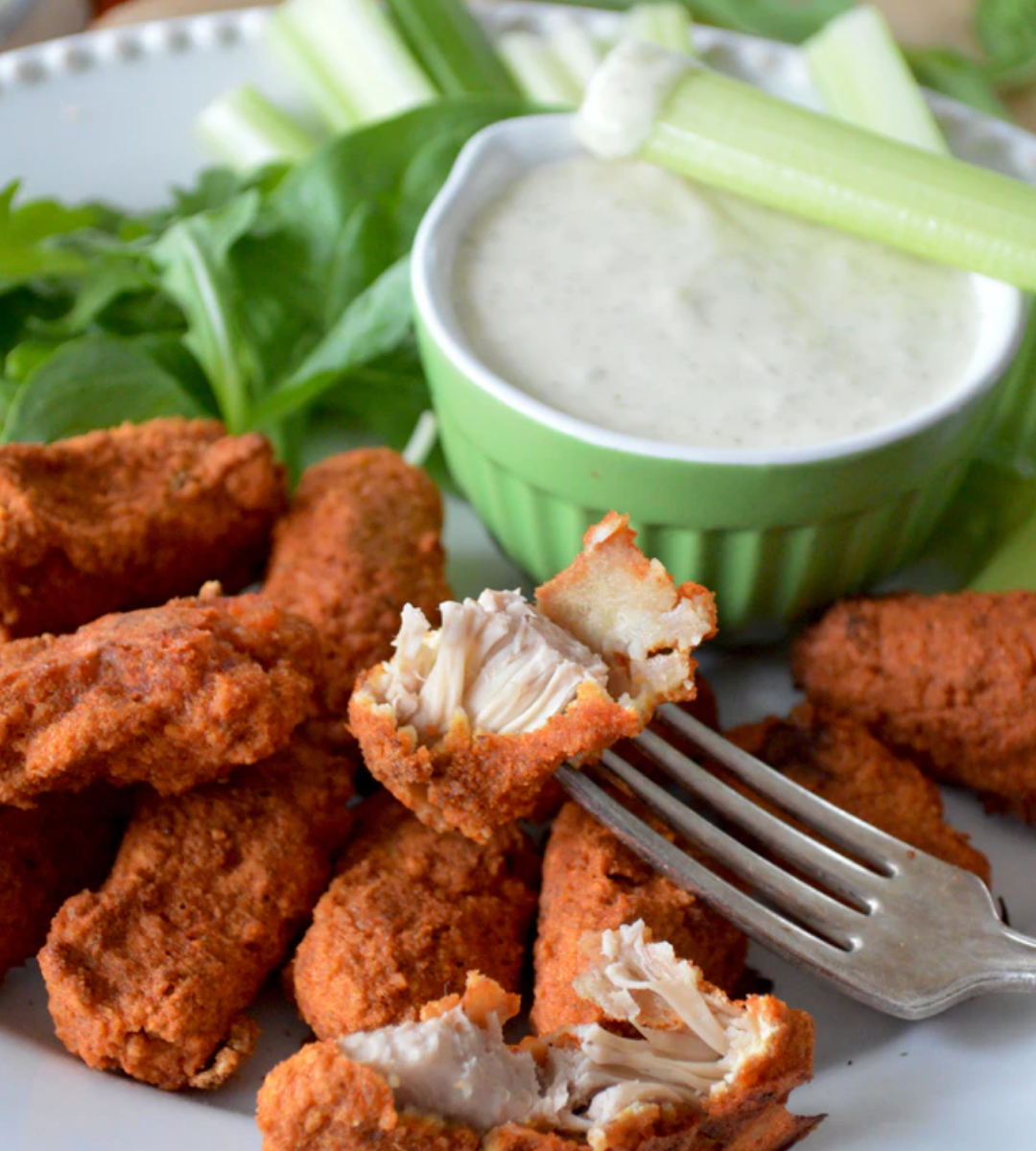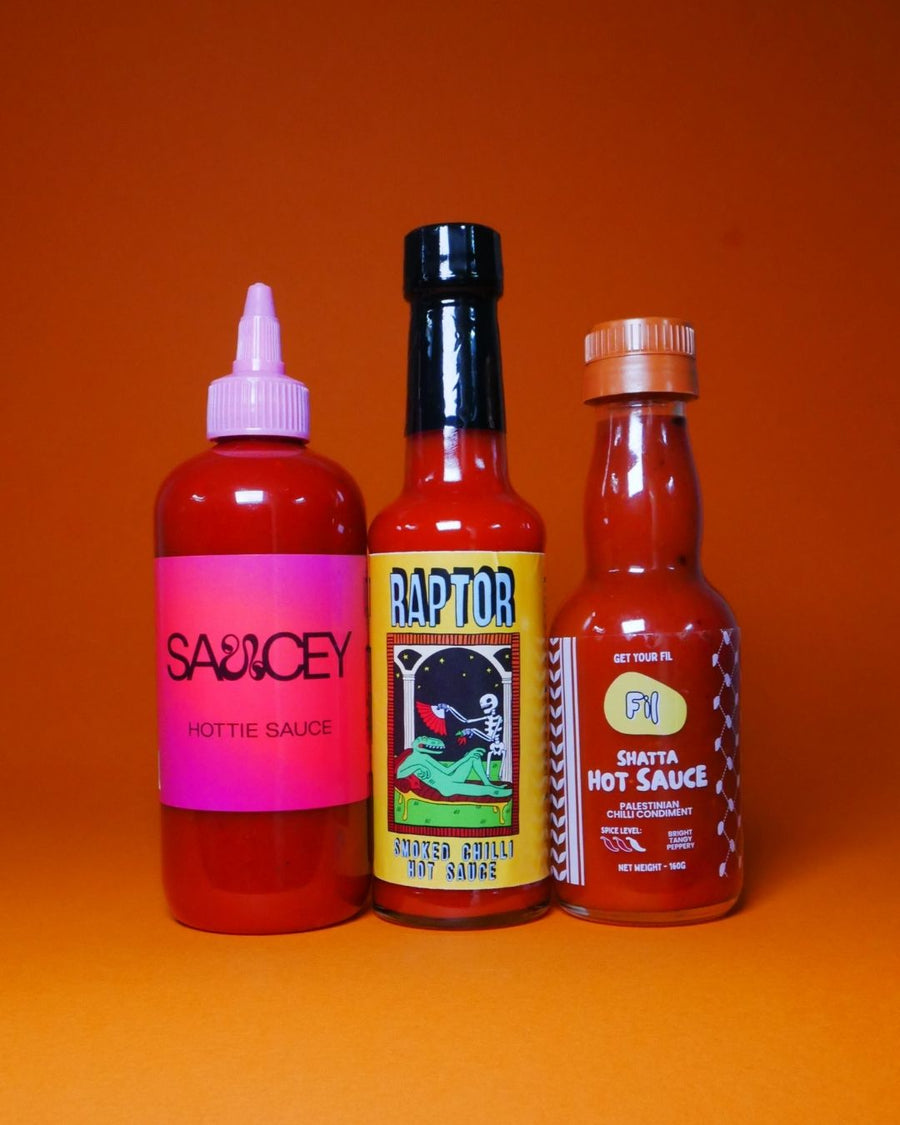Scoville Scale: Everything You Need To Know

Think of the Scoville scale as the spice world's most important measuring tape - except instead of inches or centimeters, it measures pure, unadulterated fire. If you've ever wondered why a jalapeño makes you sweat while a Carolina Reaper sends you into orbit, you've got Wilbur Scoville to thank for giving us the tools to understand the beautiful torture that is capsaicin.
Whether you're a heat rookie trying to graduate beyond mild salsa or a seasoned chili head hunting for your next masochistic adventure, understanding the Scoville scale is your roadmap through the wonderfully painful world of spicy food.
The Man Behind the Burn: Wilbur Scoville's 1912 Revolution
Back in 1912 - the same year the Titanic went down and traffic lights were invented - a pharmacist named Wilbur Scoville was working at Parke-Davis pharmaceutical company with a burning question (pun absolutely intended). He needed a way to measure capsaicin for muscle salves, but there was no standardised method for determining just how hot different peppers actually were.
Scoville's solution? The delightfully masochistic "Scoville Organoleptic Test." He'd dissolve pepper extracts in alcohol, then dilute them in sugar water until a panel of five brave taste testers could no longer detect any heat. The degree of dilution became the pepper's rating. So if it took 5,000 dilutions to kill the heat, the pepper clocked in at 5,000 Scoville Heat Units (SHUs).
Imagine being one of those original test subjects - showing up to work knowing your job was literally to have your mouth set on fire for science. Heroes, every one of them.
How the Scoville Scale Actually Works
Modern Scoville scale measurements have evolved far beyond volunteer taste buds (thankfully). Today, scientists use High-Performance Liquid Chromatography (HPLC) to measure the exact concentration of capsaicinoids - the evil little compounds responsible for that "my mouth is literally on fire" sensation.
Here's the genius of it: The scale is beautifully linear. A pepper rated at 100,000 SHUs is exactly ten times hotter than one at 10,000 SHUs. It's not some logarithmic nightmare where the math makes your brain hurt - it's straight-up multiplication.
Capsaicin itself maxes out at around 16 million SHUs, which is pure chemical warfare in crystalline form. Anything beyond that ventures into compounds like resiniferatoxin (15 billion SHUs), which exists mainly to torture laboratory equipment and probably violate several international treaties.
The Scoville Scale: From Zero to "Dear God, Why?"
The Peaceful Zone (0-1,000 SHUs)
Bell Peppers (0 SHUs): The Switzerland of peppers - completely neutral and safe for everyone. Perfect for people who think ketchup is spicy.
Shishito Peppers (50-200 SHUs): The gateway drug of the pepper world. Mostly mild with the occasional surprise that makes you think you're losing your mind.
Cubanelle/Italian Sweet Peppers (100-1,000 SHUs): Barely registering on anyone's heat radar, these are perfect for cooking when you want pepper flavor without the fire.
The Beginner's Playground (1,000-10,000 SHUs)
Poblano/Ancho Peppers (1,000-2,000 SHUs): The training wheels of heat. Perfect for stuffing because they won't punish you for trying to be adventurous.
Anaheim Peppers (500-2,500 SHUs): California's contribution to mild heat. Green ones are milder; red ones mean business (slightly).
Jalapeño Peppers (2,500-8,000 SHUs): The most famous pepper in this range, and for good reason. Enough heat to wake up your taste buds without requiring emergency dairy products.
Getting Serious (10,000-100,000 SHUs)
Serrano Peppers (10,000-25,000 SHUs): Where things start getting real. The heat has a delayed reaction that sneaks up on you like a ninja.
Cayenne Peppers (30,000-50,000 SHUs): The backbone of countless hot sauces and the reason your grandmother's chili actually had some kick.
Thai Chilies (50,000-100,000 SHUs): Small but mighty. Also called "bird's eye" chilies because birds aren't affected by capsaicin and love spreading these little demons around.
The Fire Zone (100,000-1,000,000 SHUs)
Habanero Peppers (100,000-350,000 SHUs): The most commonly available superhot at your grocery store. Fruity flavor that tricks you into thinking it's harmless before the fire hits.
Scotch Bonnet Peppers (100,000-350,000 SHUs): Habanero's Caribbean cousin with similar heat but distinctive flavor that's essential to jerk cuisine.
Red Savina Habanero (200,000-580,000 SHUs): A selective breeding triumph that held the world record for hottest pepper for over a decade.
The Insanity Level (1,000,000+ SHUs)
Ghost Pepper/Bhut Jolokia (855,000-1,041,427 SHUs): The first pepper to break the million-SHU barrier. Eating one is less "flavor experience" and more "life decision."
Carolina Reaper (1,641,183-2,200,000 SHUs): The current world champion, though that crown changes hands regularly as mad scientists create new varieties.
Pepper X (3,180,000 SHUs): Ed Currie's latest creation that makes the Carolina Reaper look like a jalapeño. Currently awaiting official verification.
Why Heat Levels Vary: The Art and Science of Spice

Here's where it gets interesting: the same pepper variety can have wildly different heat levels depending on growing conditions. Stress factors like drought, temperature extremes, and soil composition can dramatically affect capsaicin production. That jalapeño you handled like a champ last week might send you running for milk today.
Growing conditions matter enormously. A habanero grown in perfect conditions might clock in at the lower end of its range, while one stressed by drought and heat could hit the maximum. This is why Scoville scale ratings are always given as ranges rather than exact numbers.
Beyond Peppers: The Scoville Scale's Wider World
The Scoville scale isn't limited to peppers. Police-grade pepper spray typically ranges from 500,000 to 5 million SHUs, making it roughly equivalent to a ghost pepper or Carolina Reaper in concentrated form.
Bear spray? That's usually around 2-3 million SHUs - because apparently bears need to be convinced more thoroughly than humans that they should reconsider their life choices.
Building Your Heat Tolerance: The Science of Spice Training
When it comes to how to increase your spice tolerance, the secret is gradual exposure. Your heat tolerance isn't fixed - it's trainable. Regular consumption of spicy foods actually desensitises your pain receptors over time, allowing you to appreciate flavors that once seemed like pure torture.
The key is consistency and patience. Start where you're comfortable and gradually work upward.
Pro tip: Don't jump from jalapeños to ghost peppers. That's like going from jogging to running a marathon - you'll hurt yourself and probably swear off the whole thing.
The Modern Scoville Scale: More Accurate, Less Masochistic
Today's HPLC testing eliminates the subjectivity that plagued Scoville's original method. No more relying on whether Brad from accounting has a more sensitive palate than Susan from HR. The machines measure exact capsaicinoid concentrations and convert them to Scoville units using standardised formulas.
This scientific approach has opened up the world of ultra-precise pepper-based artisan sauces where heat levels can be calibrated to exact specifications. Craft sauce makers can now blend different peppers with mathematical precision to hit specific Scoville targets.
The Psychology of Heat: Why We Love the Burn
The Scoville scale doesn't just measure heat - it maps a journey of culinary masochism that millions of people voluntarily undertake. The capsaicin "high" from endorphin release is real, creating a natural addiction to increasingly spicy foods.
There's also the social aspect: being able to handle serious heat becomes a badge of honor, a way to prove your mettle in the kitchen and at the dinner table. The Scoville scale provides the common language for this shared suffering.
Reading the Heat: Practical Scoville Scale Tips
For cooking: Understanding the Scoville scale helps you substitute peppers intelligently. Need to tone down a recipe? Swap serranos for jalapeños. Want more heat without changing quantities? Replace jalapeños with habaneros.
For sauce shopping: Those SHU ratings on hot sauce bottles aren't just marketing - they're your roadmap to finding sauces that match your tolerance level.
For growing: If you're cultivating your own peppers, the Scoville scale helps you plan garden layouts (you probably don't want Carolina Reapers next to your basil) and predict what you're getting into.
The Bottom Line: Respect the Scale
The Scoville scale is more than just numbers - it's a passport to understanding the wonderful world of heat. Whether you're nursing a mild jalapeño or breathing fire from a superhot, knowing where you stand on Scoville's spectrum helps you make informed decisions about your next spicy adventure.
Remember: heat tolerance is personal, heat levels are variable, and there's no shame in staying in your comfort zone. The Scoville scale simply gives you the tools to understand exactly how brave (or foolish) you're being when you reach for that next level of spice.
Ready to explore the fiery world of peppers? Start slow, respect the ratings, and remember - milk is your friend.

